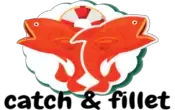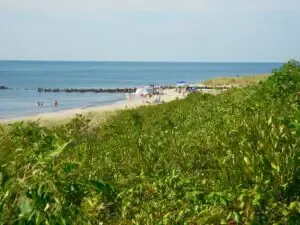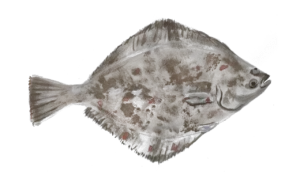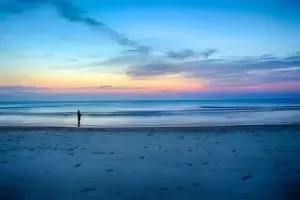Jamaica is known for its beautiful waters, diverse marine life, and abundant fishing opportunities. Surrounded by the Caribbean Sea, it offers a rich and varied ecosystem for fishing enthusiasts. Some popular fishing spots in Jamaica include Montego Bay, Negril, Ocho Rios, and Port Antonio. These areas offer a range of fishing experiences, from deep-sea fishing to reef fishing.
In Jamaica, you can find a variety of fish species, including marlin, sailfish, tuna, mahi-mahi (dolphinfish), wahoo, and barracuda, among others.
Numerous local fishing charters and guides are also available to take you to the best fishing locations and help you make the most of your fishing trip.
Does Jamaica Have Good Fishing?
Yes, Jamaica is known for having good fishing opportunities. The island’s location in the Caribbean Sea provides access to diverse fish species and favorable fishing conditions.
Whether you’re interested in deep-sea fishing, reef fishing, or shoreline fishing, Jamaica offers a variety of options for anglers of all skill levels.
It’s important to note that fishing conditions and fish availability can vary throughout the year, so it’s recommended to plan your trip accordingly and check local regulations and requirements for fishing permits or licenses.
Local experts and fishing guides can offer valuable insights and help maximize your chances of having a successful fishing experience in Jamaica.
Types of Fishing in Jamaica
Reef Fishing
Although many of the reefs in Jamaica have suffered from overfishing, they can still offer great fishing opportunities.
In the shallower reefs, you can find snapper, barracuda, yellowtail, and rainbow runners. If you go farther out and drop your line in some deeper remote spots, you can fish for deep-water groupers and amberjack.
Deep-Sea Fishing
You can try to catch many big game fish just a few miles from shore. There is something for every angler.
For those just starting out with deep-sea fishing, try the hard-fighting mahi-mahi or tuna. The more experienced anglers can put their skills to the test against white and blue marlin.
What Type of Fish Can You Catch in Jamaica?
Some of the common types of fish you can catch in Jamaica include:
- Blue Marlin: Known for their impressive size and acrobatic fighting ability, blue marlins are a highly sought-after game fish in Jamaica’s deep waters.
- White Marlin: Similar to blue marlins, white marlins are prized for their sport fishing qualities and are often found in offshore waters.
- Sailfish: Another popular game fish, sailfish, can be found in Jamaican waters, particularly during certain times of the year.
- Tuna: Various tuna species, including yellowfin tuna and blackfin tuna, can be caught in Jamaica’s deep-sea fishing areas.
- Mahi-Mahi (Dolphinfish): Mahi-mahi are colorful and swift fish commonly found in the Caribbean Sea, and they make for excellent catches.
- Wahoo: Known for their speed and powerful strikes, they are exciting game fish sought by anglers in Jamaica.
- Barracuda: These predatory fish are often caught near reefs and can provide a thrilling fishing experience.
- Kingfish: Also known as king mackerel, these fish are a common catch in Jamaican waters and are popular among local anglers.
- Snapper: Various snapper species, such as red snapper and mutton snapper, can be found near reefs and rocky areas.
- Grouper: Several grouper species inhabit the waters around Jamaica and are often caught using bottom fishing techniques.
- Jacks: Different jack species, including crevalle jack and horse-eye jack, are prevalent and can provide a fun challenge for anglers.
Keep in mind that fish availability can vary depending on the season and location, so it’s a good idea to consult with local fishing guides or experts to get the most up-to-date information and increase your chances of a successful fishing trip in Jamaica.
What Are the Best Fishing Spots in Jamaica?
1. Cayman Trough
This is one of the reasons that fishing in Jamaica is first-class. This area extends from the southeastern tip of Cuba toward Guatemala to the Windward Passage. The drop-off begins about a half-mile off the coast of Montego Bay, starting at 400 feet until it gradually slopes down to 3,000 feet offshore.
In the Caribbean Sea, this is where you will find the deepest part. Here you will find many game fish such as white and blue marlin, mahi-mahi, yellowfin tuna, snapper, barracuda, and more.
2. The Banks
The banks and cays on the south coast of Jamaica are where you can find several bottom fish, such as grouper and snapper. Pedro Bank is the largest bank along the south coast and is home to a variety of fish like mutton, redtail snapper, grouper, and yellowtail. You can also find kingfish and wahoo along these banks.
On the north coast, there are three main banks located on the Port Antonio coast: Grappler, Henry Holms, and Shipwreck. Buckner Bank is located about 15 miles off the coast of Montego Bay.
3. Port Antonio
Port Antonio offers a combination of deep-sea fishing and reef fishing. In these waters, anglers can target species such as marlin, tuna, wahoo, and snapper.
4. Montego Bay
Known for its deep-sea fishing, Montego Bay is a popular destination for anglers seeking big game fish like marlin, sailfish, tuna, and mahi-mahi. The waters off Montego Bay are well known for their abundance of billfish, making it a prime location for sport fishing.
Marlin and sailfish are more prevalent during summer, while other species like tuna and mahi-mahi can be found year-round.
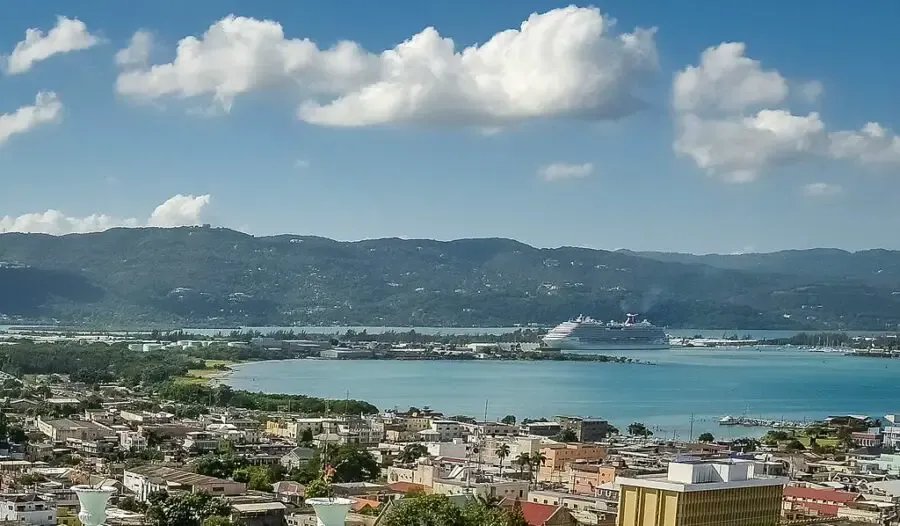
5. Negril
Negril offers a mix of deep-sea fishing and reef fishing opportunities. You can charter a boat and head offshore to target marlin, sailfish, and tuna.
The Negril Coral Reef is also a great spot for reef fishing, where you can catch species like snapper, grouper, and barracuda.
6. South Coast (Treasure Beach and Black River)
The south coast of Jamaica, particularly the areas around Treasure Beach and Black River, is known for its productive fishing spots.
You can fish in the Black River for tarpon and snook or head offshore for exciting deep-sea fishing adventures.
7. Ocho Rios
Ocho Rios provides opportunities for deep-sea fishing where you can target game fish like marlin, tuna, and wahoo.
The nearby reefs also offer great fishing for species such as snapper and grouper.
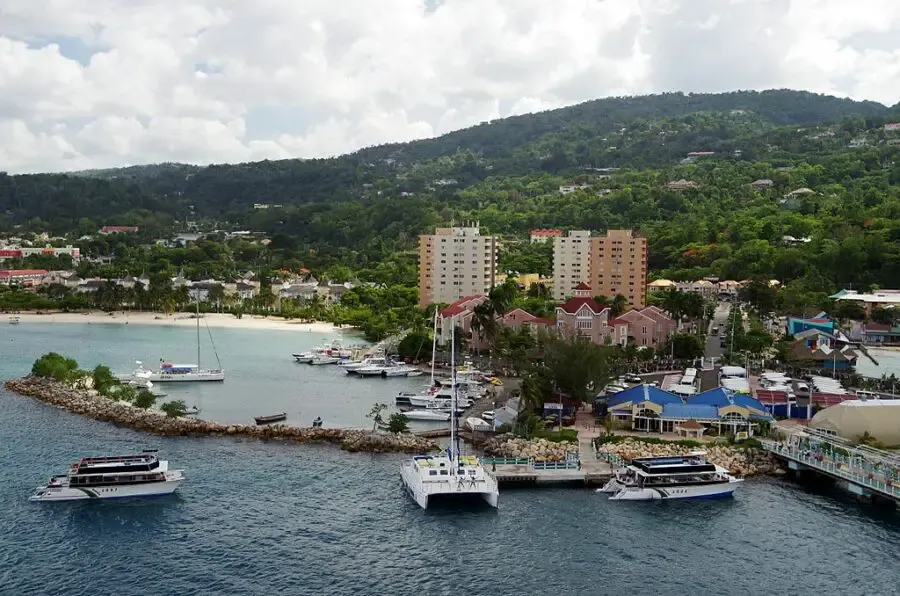
What is the Best Season to Go Fishing in Jamaica?
The fishing season in Jamaica can vary depending on the target species and the region:
- Marlin and Sailfish: The peak season for marlin and sailfish in Jamaica is typically from July to September. During this time, the warm waters attract these trophy game fish, and anglers have a higher chance of hooking them.
- Tuna: Tuna can be found in Jamaican waters year-round, but the best time to target them is generally from May to November. Yellowfin tuna, in particular, are more abundant during this period.
- Mahi-Mahi: Mahi-Mahi, also known as dorado or dolphin fish, are typically abundant in Jamaican waters from April to August. This period coincides with warmer ocean currents, which attract these colorful and delicious fish.
- Wahoo: Wahoo are present in Jamaican waters year-round, but they are more commonly caught from November to April. These fast and powerful fish are often targeted by anglers during this period.
- Snapper and Grouper: Snapper and grouper species can be targeted throughout the year in Jamaica. However, the winter months from December to February are considered a good time for catching these bottom-dwelling fish.
Booking a Fishing Charter: Our Recommendations
If you opt for a fishing charter, the cost will typically include the boat rental, crew/guide, fishing equipment, bait, and sometimes refreshments.
The prices can range from approximately $200 to $1000 or more per person, depending on the trip’s duration, the boat’s size, and the targeted species.
Full-day trips generally cost more than half-day trips.
Here are a few fishing charters in Jamaica that have been well-regarded by anglers:
- Marlin Madness Jamaica (Montego Bay)
- Lucky Bastards Fishing Charters (Montego Bay)
- Sunshine Watersports & Tours (Ocho Rios)
- Fishing Fun Adventure (Ocho Rios)
- Gulfzilla Fishing Charter (Falmouth)
Do You Need a License to Fish in Jamaica?
You do not have to apply for a fishing license for shore fishing in Jamaica. However, you will need a license for deep-sea fishing.
- Spearfishing — no license is required.
- Stop fishing (hook and line) — If you are fishing out of shore hook & line in unprotected parts of Jamaica, there is no need to apply for a license.
- Sports fishing — this usually means offshore tuna or marlin fishing. A personal license is generally needed.
Anglers should also be aware of protected areas where fishing (including spearfishing) is not allowed in Jamaica. These areas include the Montego Bay Marine Park.
Check this link for more information on no-fishing areas in Jamaica.
To get a fishing license, complete an application form made available by the Fisheries Division Head Office or any of its sub-offices island-wide.
You may also want to read our Ultimate Guide to Fishing in Mexico
